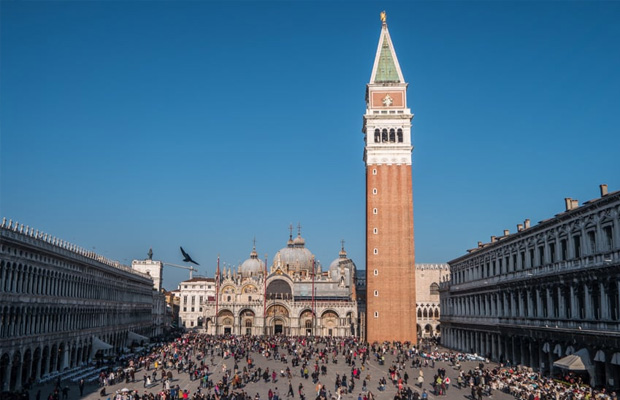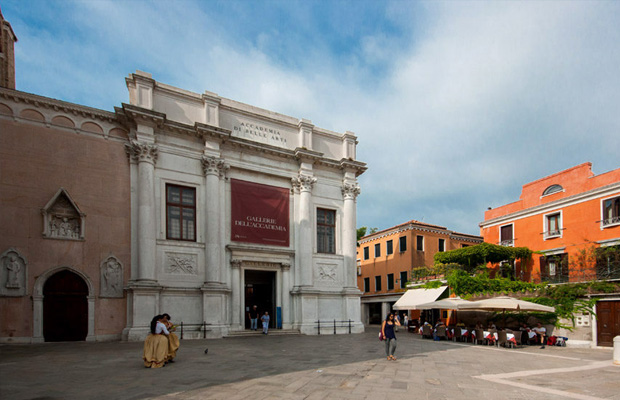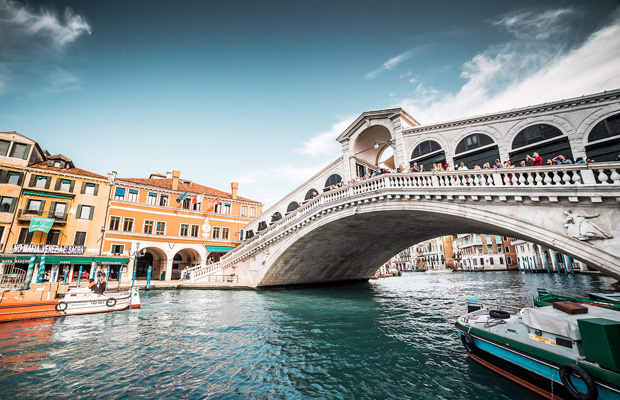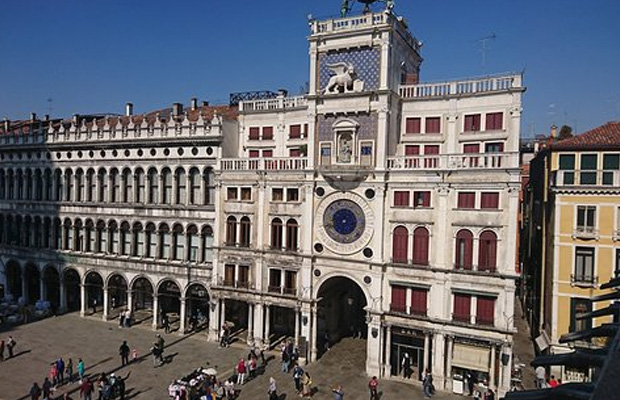St Mark's Campanile
St Mark's Campanile
Italy
Venice
Venice Travel Guide
Book Tour & Activities
Your tour in Venice.
Book your stay
Your hotel in Venice.
Overview
St Mark's Campanile is the bell tower of St Mark's Basilica in Venice, Italy. The current campanile is a reconstruction completed in 1912, the historical tower having collapsed in 1902. At 98.6 metres in height, it is the tallest structure in Venice and is colloquially termed "el paròn de casa".
St Mark's Campanile is the bell tower of St Mark's Basilica in Venice, Italy. The current campanile is a reconstruction completed in 1912, the historical tower having collapsed in 1902. At 98.6 metres in height, it is the tallest structure in Venice and is colloquially termed "el paròn de casa". It is one of the most recognizable symbols of the city. Located in Saint Mark's Square near the mouth of the Grand Canal, the campanile was initially intended as a watchtower to sight approaching ships and protect the entry to the city. It also served as a landmark to guide Venetian ships safely into harbour. Construction began in the early tenth century and continued sporadically over time as the tower was slowly raised in height. A belfry and a spire were first added in the twelfth century. In the fourteenth century the spire was gilded, making the tower visible to distant ships in the Adriatic. The campanile reached its full height in 1514 when the belfry and spire were completely rebuilt on the basis of an earlier Renaissance design by Giorgio Spavento.
Historical background
The Magyar raids into northern Italy in 898 and again in 899 resulted in the plundering and brief occupation of the important mainland cities of Cittanova, Padua, and Treviso as well as several smaller towns and settlements in and around the Venetian Lagoon. Although the Venetians ultimately defeated the Magyars on the Lido of Albiola on 29 June 900 and repelled the incursion, Venice remained vulnerable by way of the deep navigable channel that allowed access to the harbour from the sea. In particular, the young city was threatened by the Slavic pirates who routinely menaced Venetian shipping lanes in the Adriatic.
A series of fortifications was consequently erected during the reign of Doge Pietro Tribuno (in office 887–911) to protect Venice from invasion by sea.[7] These fortifications included a wall that started at the rivulus de Castello (Rio del Palazzo), just east of the Doge's Castle, and eventually extended along the waterfront to the area occupied by the early Church of Santa Maria Iubanico. However, the exact location of the wall has not been determined nor is its duration beyond the moment of crisis indisputable.
Integral to this defensive network, an iron harbour chain that could be pulled taut across the Grand Canal to impede navigation and block access to the centre of the city was installed at the height of San Gregorio.[8][9] In addition, a massive watchtower was built in Saint Mark's Square. Probably begun during the reign of Tribuno, it was also intended to serve as a point of reference to guide Venetian ships safely into the harbour, which at that time occupied a substantial part of the area corresponding to the present-day piazzetta.
Located in: St. Mark's Square
Address: P.za San Marco, 30124 Venezia VE, Italy
Height: 99 m
Hours: Open ⋅ Closes 7PM
Built: early tenth century–1514
Rebuilt: 1902–1912
Video Travel Inspiration
See St Mark's Campanile on Map
Most Popular Cities

Siem Reap
Cambodia
Ho Chi Minh City
Vietnam
Beijing
China
Paris
France
London
United Kingdom
New York
USA
Tokyo
Japan
Bangkok
Thailand
Seoul
South Korea
Vientiane
Laos
Yangon
Myanmar
Washington DC
USA
Los Angeles
USA
Ottawa
Canada
New Delhi
India
Singapore
Singapore
Kuala Lumpur
Malaysia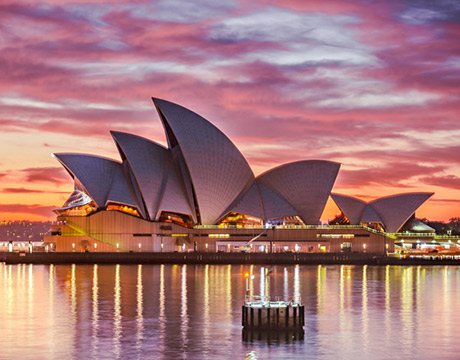
 English
English French
French Khmer
Khmer Thai
Thai Vietnamese
Vietnamese Chinese
Chinese Korean
Korean German
German Japanese
Japanese Italian
Italian Russian
Russian Spanish
Spanish Dutch
Dutch Indonesian
Indonesian Malay
Malay
